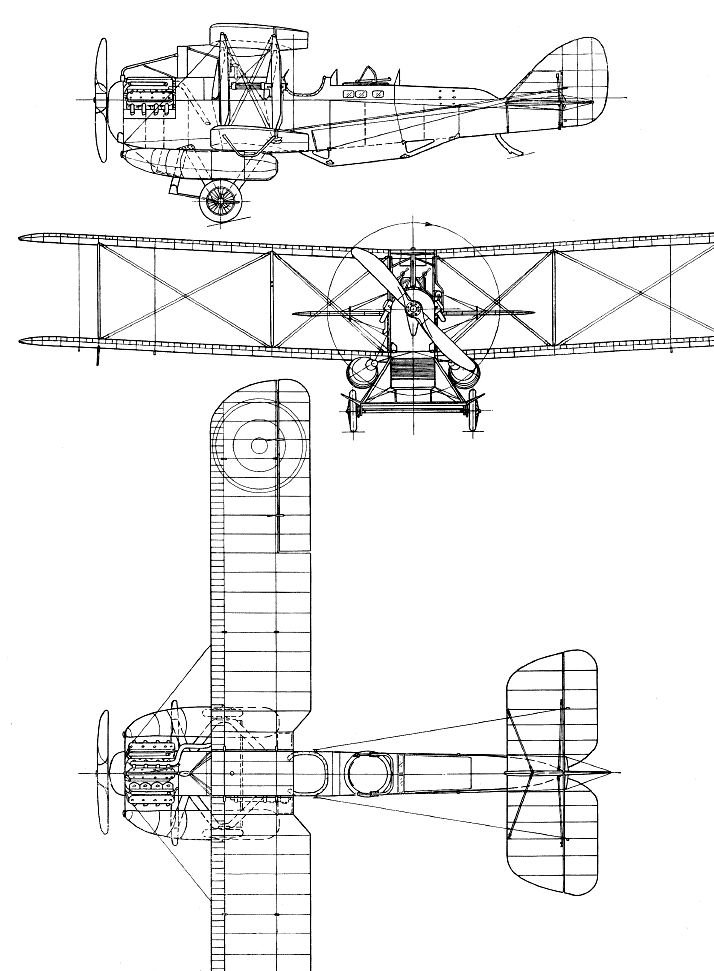Top speed 200 km/h Length 9.07 m Retired 1925 | Wingspan 14 m Introduced 1919 First flight 1921 | |
 | ||
Westland walrus
The Westland Walrus was a British spotter/reconnaissance aircraft built by Westland Aircraft.
Contents
Design and development
In 1919 the Royal Navy had an urgent need for a three-seat spotter/reconnaissance aircraft. In order to save money, it was decided to adapt the existing Airco DH.9A, for which part completed airframes were available in large numbers following the end of the First World War and the subsequent cancellation of production orders. The initial attempt was carried out by Armstrong Whitworth Aircraft, adding provision for an observer and removing the stagger from the wings to produce the Armstrong Whitworth Tadpole.
Further development, however, was passed on to Westland, who further modified the aircraft to produce the Walrus, with a 450 hp (336 kW) Napier Lion II engine replacing the Liberty engine of the DH.9A and Tadpole. Like the DH.9A, the Walrus was a single-engined, two-bay biplane. It was fitted with an extra cockpit for the observer/radio operator behind the gunner's cockpit, while the observer also had a prone position for observing in a ventral pannier. The undercarriage was jettisonable and the aircraft was fitted with floatation bags and hydrovanes to aid safe ditching, together with arresting gear to aid landing on aircraft carriers. The wings were detachable to aid storage. The prototype first flew in early 1921, proving to have poor flying characteristics, being described by Westland's Test pilot, Stuart Keep as "a vicious beast". Despite this, a further 35 were ordered.
Operational history
Production aircraft began to be delivered to No. 3 Squadron RAF at RAF Leuchars in 1921. No. 3 Squadron was split up to form independent Fleet Spotter Flights in 1923, although despite the extensive navalisation, the Walrus never operated from carriers. The Walrus continued in service in the Fleet spotting role until replaced by the Avro Bison and Blackburn Blackburn in late 1925.
Operators
Specifications
Data from Westland Aircraft since 1915
General characteristics
Performance
Armament
